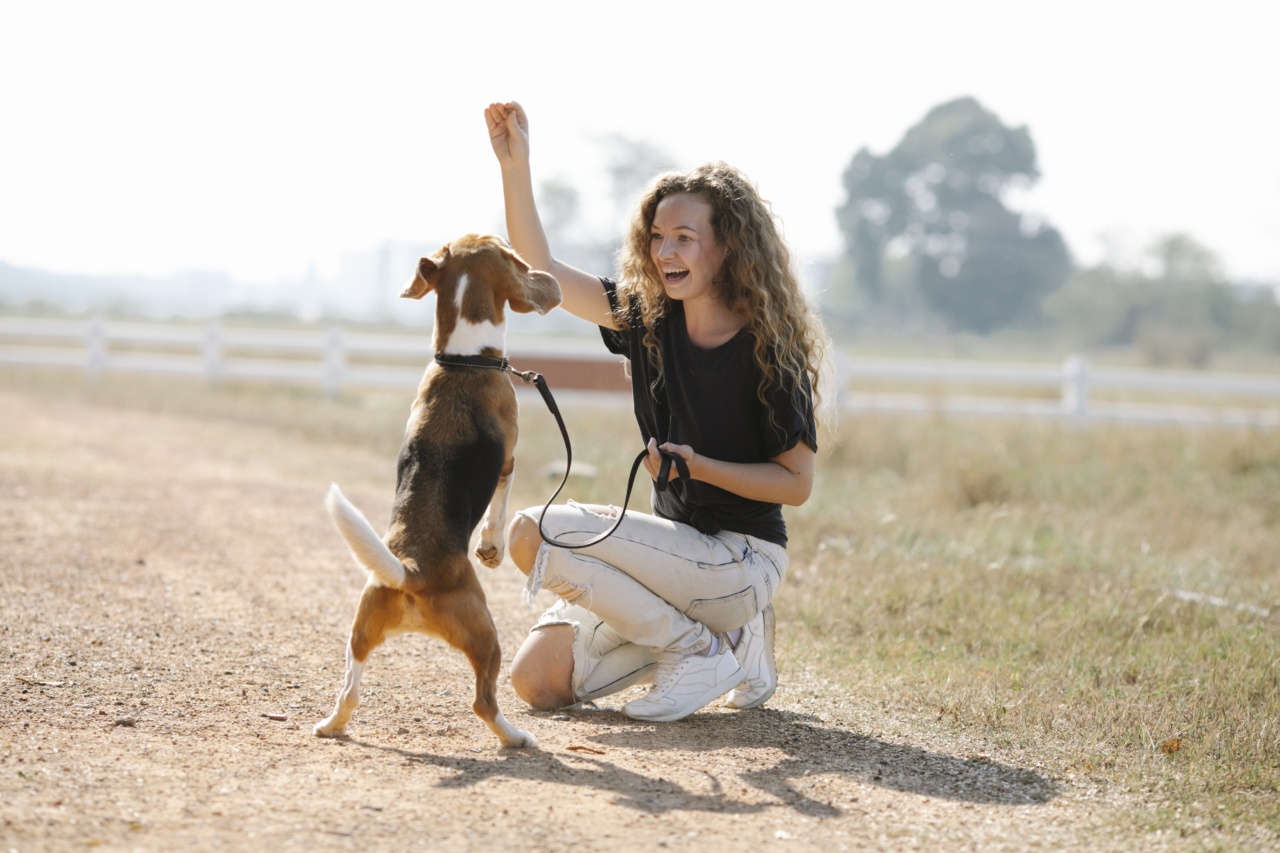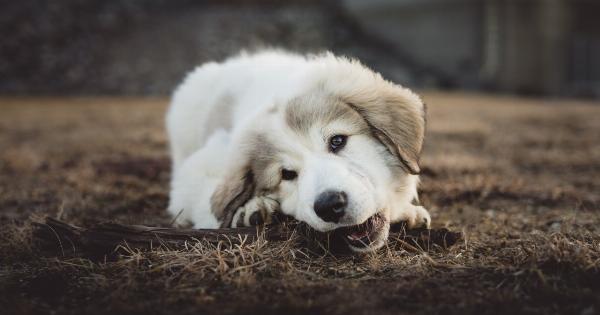If you’ve ever taken your dog out for a walk only to have them bite and pull on the leash, you’re not alone! This behavior can be frustrating and even dangerous, but it’s important to remember that your furry friend is simply reacting to their instincts.
Fortunately, there are several effective methods for teaching your dog not to bite the leash. These techniques involve positive reinforcement, consistency, and patience. Here are five methods to try:.
Method 1: Redirect Their Attention
One simple way to discourage your dog from biting the leash is to redirect their attention to something more positive. Try carrying a small treat or toy with you on walks, and use it to distract your dog when they start to bite the leash.
As soon as they let go of the leash, immediately reward them with the treat or toy and give plenty of verbal praise.
This method works by teaching your dog that there are more rewarding things to focus on than the leash. Over time, your dog will start to associate walking beside you with positive experiences rather than the frustrating sensation of a tight leash.
Method 2: Use a Gentle Leader or No-Pull Harness
Another effective way to prevent leash biting is to use a gentle leader or no-pull harness. These products gently discourage pulling and offer a more comfortable walking experience for your dog.
They work by giving you more control over your dog’s movements, making it easier to guide them away from potential distractions.
When using a gentle leader or no-pull harness, it’s important that you introduce it slowly and with positive reinforcement. Encourage your dog to wear the harness around the house before going on walks.
Reward any positive behaviors, such as calmness or decreased pulling, with plenty of treats and praise.
Method 3: Teach “Leave It”
Teaching your dog the command “leave it” can be a useful tool in preventing leash biting. The leave it command can be used to indicate to your dog that they should ignore something, such as the leash.
Begin by placing a treat on the ground and saying “leave it”. As soon as your dog leaves the treat alone, reward them with another treat or positive reinforcement.
Once your dog understands the leave it command, you can use it to discourage them from biting the leash. Whenever your dog starts to bite the leash, say “leave it” in a firm but calm tone.
As soon as they let go, reward them with a treat or praise.
Method 4: Avoid Punishment
It’s important to remember that punishing your dog for leash biting can actually make the behavior worse. When you scold your dog for biting the leash, they may become fearful or anxious.
This can cause them to associate walking with negative experiences, making leash biting more likely to occur.
Instead of punishing your dog, focus on positive reinforcement techniques. Reward good behavior with praise, treats, or playtime. Avoid using any negative or aggressive physical contact.
Method 5: Consistency is Key
Remember, consistency is the key to success when training your dog not to bite the leash. Use positive reinforcement techniques consistently on every walk, and be patient with your furry friend as they learn.
Remember that some dogs may take longer to learn than others, and that’s okay! With persistence and patience, you can help your dog develop positive walking habits that will make every walk a more enjoyable experience for both of you.
In Conclusion
Teaching your dog not to bite the leash can be challenging, but with the right techniques and plenty of patience, it is possible.
Whether you choose to redirect your dog’s attention, use a gentle leader, or teach the leave it command, it’s important to remember that positive reinforcement is key to success. By consistently rewarding good behavior, you can help your dog develop positive walking habits and enjoy every walk to the fullest.


























